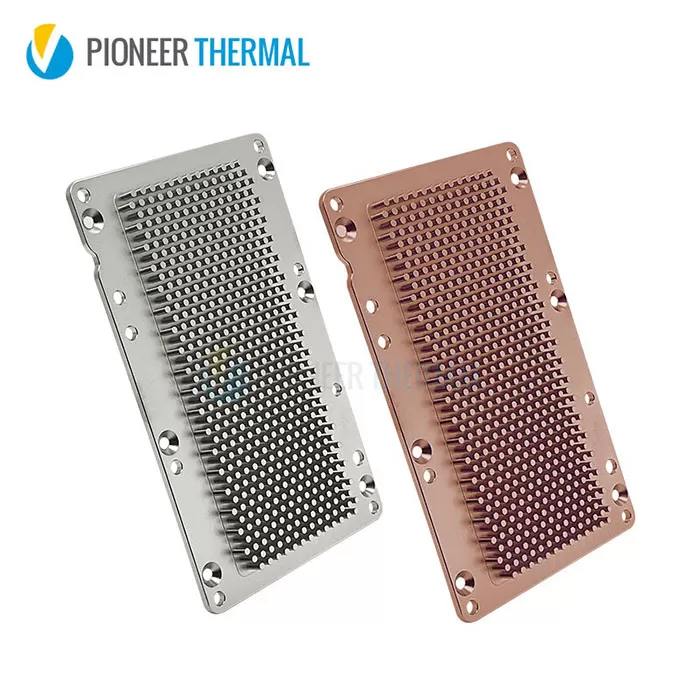New energy vehicles generate heat when running, and the heat needs to be dissipated to ensure the normal operation and safety of the vehicle.In new energy vehicles, the coordination of hot and cold flows is the basis for vehicle performance, driving range and battery life. The main heat dissipation methods include power batteries, drive motors and electronic control systems.Judging from the actual application effects of traditional engine cooling technology and new energy vehicle cooling, water cooling and air cooling are the two most important ways of cooling for new energy vehicles.

1. Air-cooled heat sink: It comes with a coaxial fan to form internal air circulation or external air circulation, and the fan generates sufficient air volume to take away the heat generated by the motor.The medium is the air around the motor. The air is directly sent into the motor, absorbs heat and then discharges it to the surrounding environment.Air cooling is characterized by a relatively simple structure and low motor cooling costs.
2. Water-cooled heat sink: The coolant is introduced into the stator or rotor hollow conductor through pipes and passages. Through the continuous flow of circulating coolant, the heat generated by the motor rotor and stator is taken away to achieve the purpose of cooling the motor.Although the cost of water cooling is slightly higher than that of air cooling, its cooling effect is more significant than that of air cooling, with even heat dissipation, high efficiency, strong working reliability, and smaller noise.
The heatsink is the main component of the engine cooling system of new energy vehicles. It can effectively remove the heat generated by the engine and ensure that the engine operates within the normal temperature range.
Pioneer Thermal engineers have long been aiming to carry out thermal analysis to obtain efficient and reliable systems,so we can create functional thermal solutions that meet the demanding cooling requirements in the most efficient and cost-effective way possible.



 +86-18902844286
+86-18902844286
 E-mail
E-mail
